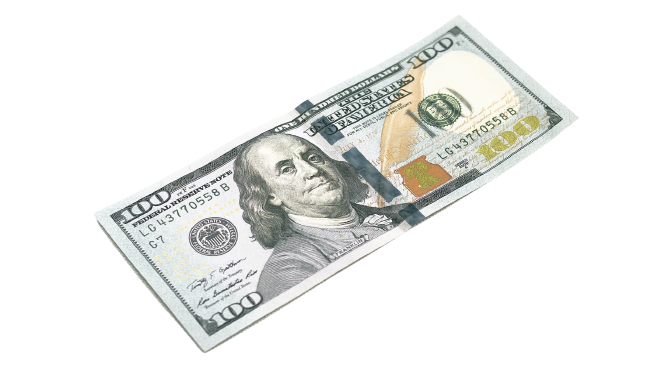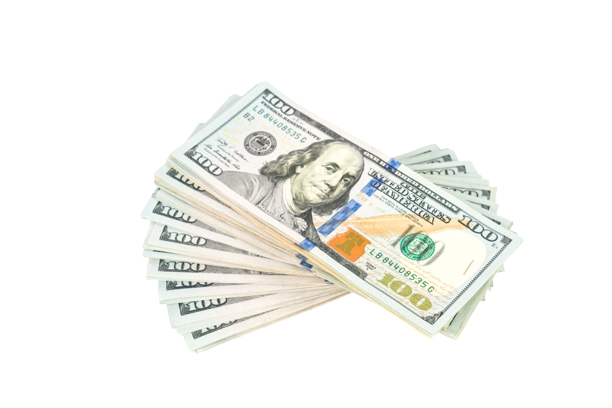Cash Advance
Having working capital is one of the highest priorities for small business owners. Cash flow keeps your business moving, and so-called merchant cash advances seem to be the fastest way to have cash at your disposal.
What are cash advances?
But before launching yourself to request a cash advance to go on the fast track, you should bear in mind the following: this option may be more expensive than you expect. In this article we will explain in detail how cash advances work, their advantages and disadvantages, and what is required to apply for one. You will be surprised to learn that there are other alternative loan options that are equally attractive and with more long-term benefits




What is a cash advance?
Cash advances are a financial option that allows consumers to access generally small, short-term loans. Based on credit card sales, businesses receive a cash advance from a finance company through direct deposit. Financing amounts range from approximately $ 1,000 to $ 250,000 depending on monthly sales.
The business owner agrees to repay the loan with an added amount based on a percentage of sales. This results in the daily payment to the bank, if that is how often your credit card processor pays you. For example, with a $ 25,000 advance, a business owner can choose to pay 10% (or other percentage) of daily, weekly, or monthly sales based on the average monthly income from the business’s credit card. That percentage is known as the withholding percentage until the money, plus fees, is returned to the lender.
The business owner agrees to repay the loan with an added amount based on a percentage of sales. This results in the daily payment to the bank, if that is how often your credit card processor pays you. For example, with a $ 25,000 advance, a business owner can choose to pay 10% (or other percentage) of daily, weekly, or monthly sales based on the average monthly income from the business’s credit card. That percentage is known as the withholding percentage until the money, plus fees, is returned to the lender.
Cash advances are usually short term: financing lasts between 3 and 12 months. One of the benefits of cash advances is that banks are generally very flexible about your credit score (remember: a strong credit score is one of the most common requirements among traditional banks).
They generally do not require a minimum score and base their approval decision primarily on merchant account activity.


Cash advances are an attractive option for business owners who need money quickly to buy new equipment, replenish inventory, or have more cash on hand to cover employee payroll and grow their business.
Cash advances are also attractive because of their speed: you can have the money available in 2 to 5 days. In addition, there are fewer requirements to obtain them compared to traditional loans. For example, no endorsement is required.
You can refer to the section below to help you decide if a cash advance is a good option for your business:
Advantages and disadvantages of cash advances:
Advantages:
- Quick cash to achieve your business goals
- A low credit score is not an inconvenience to apply
- They may be suitable for seasonal businesses such as certain restaurants, shops, or tourist services where sales fluctuate
- Simple and hassle-free application process with fewer requirements than most business loans
- Like any other business loan, the cost (lender fees or factor rate) can be deducted from your taxes.
Drawbacks:
- You must have an account with a credit card processor
- Average annual percentage rate is between 80% and 120%
- Some lenders require a history of more than two years on credit card sales
- Annual credit card sales must be at least $ 50,000
- If your sales are low, it takes longer to pay back the cash advance
- It is considered an “aggressive” form of financing, where lenders can add fees of between 5 and 10% on the amount loaned.
*Requirements to request a cash advance
- Last three account statements
- Complete credit application
- Driver’s license
- Void check from business account
